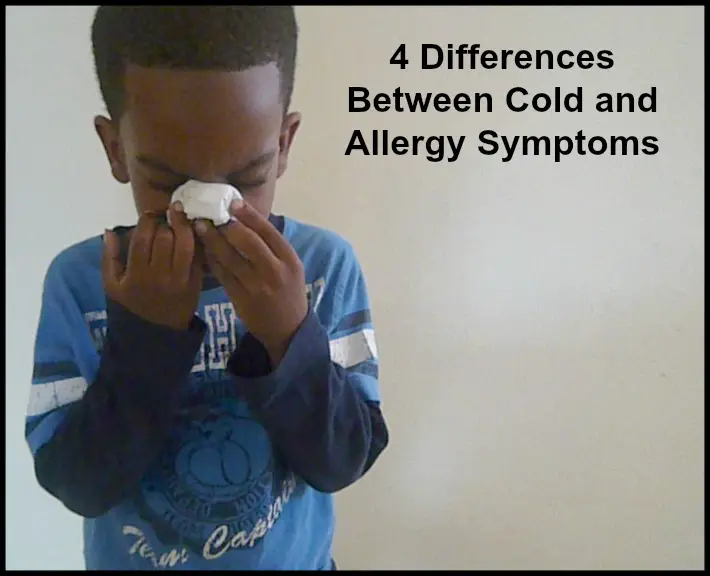The last couple of weeks have been a bit rough on the boys because of fall allergies. In the past, I have had some issues with teachers who thought that I was sending the kids to school sick when their allergy symptoms were obvious. Fortunately, both of their teachers are great about their symptoms this year. I took Michael to the doctor after a few particularly hard days though. She recommended Zyrtec (instead of the Claritin that we were using) and a nasal spray (Nasonex or Flonase). There are also some natural solutions, but the most important thing for me is to understand the difference between a cold (that is contagious) and an allergy (that is not).
In September of 2009, I attended an event where pediatric and adult allergist Dr. Ehrlich spoke. I shared 4 tips that I learned from the doctor regarding how to tell the difference between colds and allergies in a 2010 Momtourage post. Unfortunately, the site is no longer active, so I’m sharing a version of the main tips below:
1. While the average cold lasts 5 days, allergies last 6 to 8 weeks.
2. Allergy sufferers tend to have symptoms like restless sleep, itchy and watery eyes with dark under-eye circles, itchy and runny noses, frequent sneezing and/or persistent coughs.
3. Although the nose runs with both colds and allergies, there is a noticeable difference. Most notably the mucus color is different. It’s pretty gross, but this is the tip that helps me the most. When the mucus is clear and constant, it is usually an allergy. With colds, the mucus tends to be a little thicker with a yellow to greenish color. (“Blow your nose into a tissue,” is the first thing that I instruct the boys when they start to sniffle.
4. Allergies are genetic. Parents who have allergies have a greater chance of passing them on to their children.
In any event, I hope that these tips will come in handy when you are trying to figure out the cold/allergy conundrum for your family!
